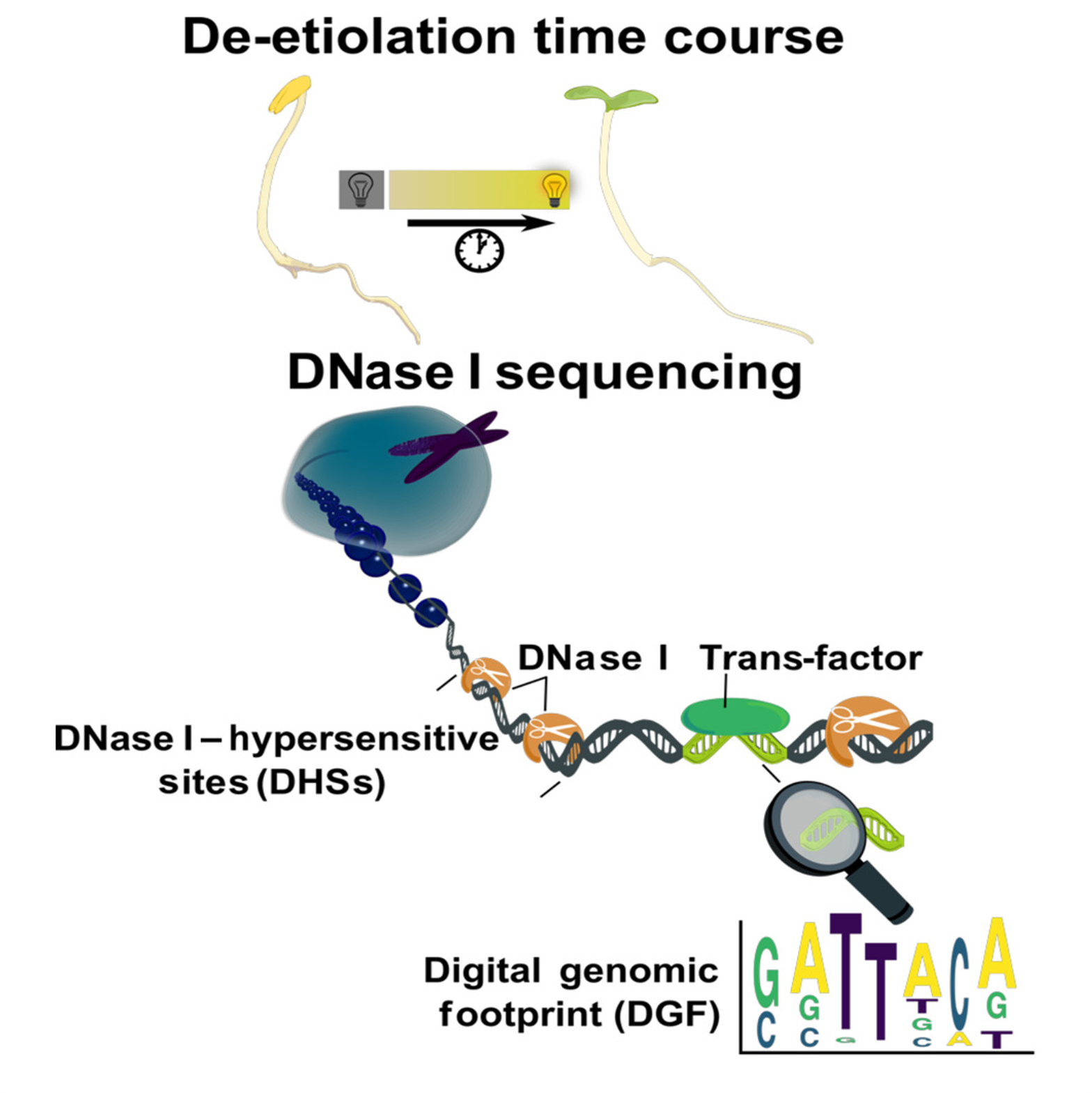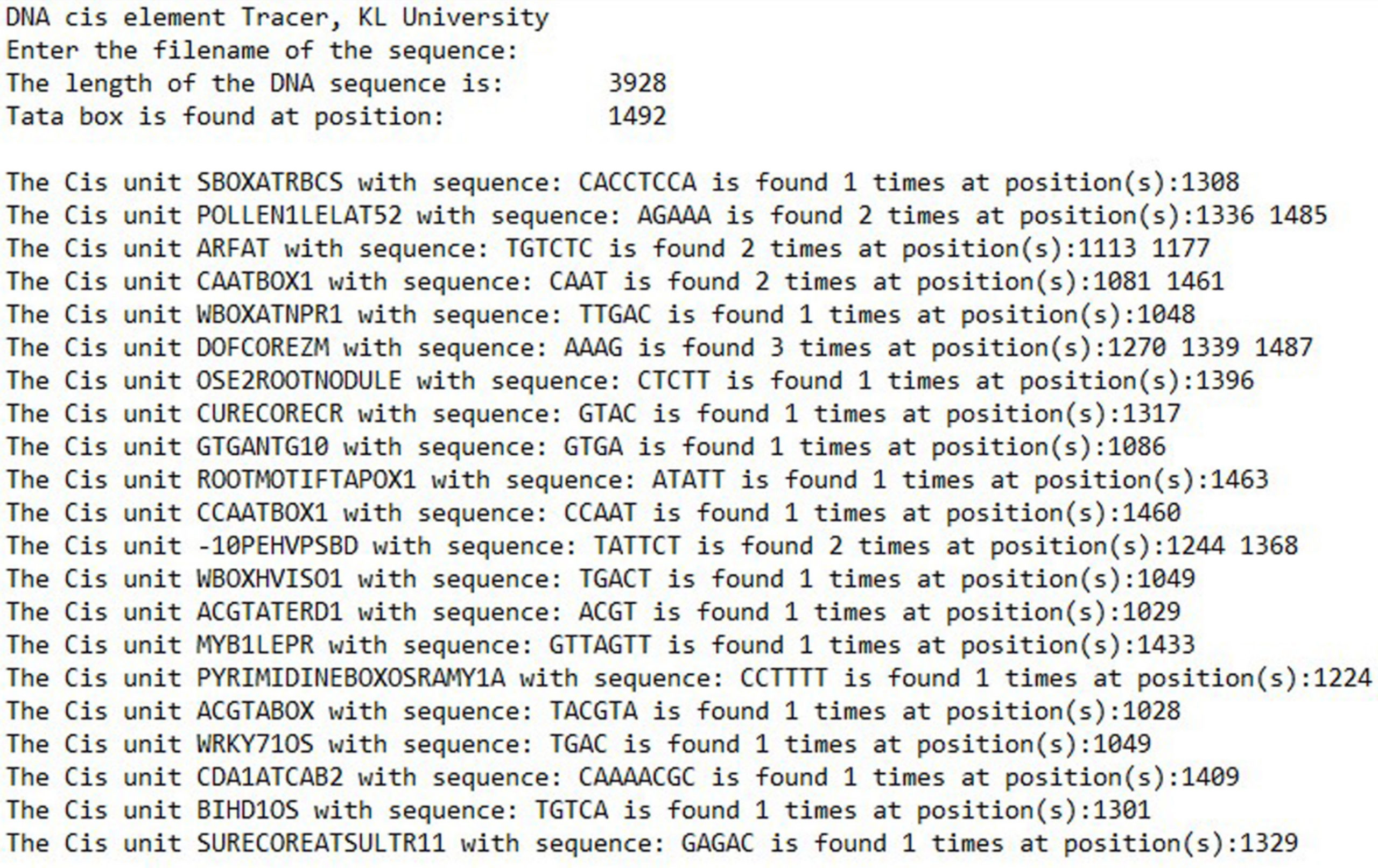What Are Cis-Elements? Unlocking The Hidden Code In DNA
Hey there, science enthusiasts! If you're diving into the world of genetics, you've probably stumbled upon the term "cis-elements." But what exactly are they? Cis-elements are like the hidden switches in our DNA that control how genes behave. Think of them as the secret operators behind the scenes, dictating when and where genes should be turned on or off. Without these guys, our genetic code would be a chaotic mess. So, if you're curious about how genes get regulated, you're in the right place.
Let’s face it, genetics can be super complex, but cis-elements make it a little easier to understand. These DNA sequences act as regulatory regions that influence gene expression. They’re kind of like the traffic lights for genes, ensuring everything flows smoothly. From controlling the timing of gene activity to determining which cells express specific proteins, cis-elements play a crucial role in the grand scheme of life. Stick around, and we’ll break it all down for you.
Before we dive deeper, let’s set the stage. Cis-elements aren’t just random bits of DNA; they’re carefully structured sequences that interact with proteins to regulate gene activity. Whether you're a biology student, a researcher, or just someone curious about how life works, understanding cis-elements can open up a whole new world of knowledge. Ready to explore? Let’s get started!
- Damon Wayans Jr Height The Inside Scoop On The Stars Measurements And Career
- Eminem And Kim Story The Untold Journey Of Love Struggles And Resilience
What Are Cis-Elements? A Quick Overview
Cis-elements are specific DNA sequences that regulate gene expression within the same molecule of DNA. Unlike trans-acting factors, which influence genes from different DNA molecules, cis-elements work locally, staying true to their name. These elements are the building blocks of genetic regulation, ensuring that genes behave according to the body’s needs.
Now, here’s the fun part: cis-elements come in different flavors. Some act as promoters, initiating the transcription process, while others serve as enhancers or silencers, boosting or suppressing gene activity. It’s like a well-orchestrated symphony where every player has a unique role to play. Understanding these roles can help us unravel the mysteries of genetic diseases and develop targeted therapies.
Types of Cis-Elements and Their Functions
Not all cis-elements are created equal. Each type has its own job to do, and together, they ensure that genes are expressed at the right time and place. Here’s a breakdown of the main players:
- Everybody Loves Raymond Cast The Heart And Soul Behind The Laughs
- Angela Alvarez The Inspiring Journey Of A Remarkable Woman
Promoters: The Starting Point
Promoters are like the starting signal for gene transcription. They’re the regions where RNA polymerase binds to initiate the process. Without promoters, genes would remain silent, unable to produce the proteins they’re supposed to. Think of them as the ignition switch in a car—without it, nothing moves.
Enhancers: The Amplifiers
Enhancers are the power boosters of gene expression. These sequences can increase the efficiency of transcription, ensuring that genes produce enough protein to meet the body’s demands. Interestingly, enhancers can be located far away from the genes they regulate, thanks to the looping structure of DNA.
Silencers: The Quiet Operators
On the flip side, silencers are responsible for turning genes off. They prevent transcription by blocking the binding of RNA polymerase or other transcription factors. Silencers are crucial for maintaining cellular balance, ensuring that genes don’t overexpress and cause problems.
Insulators: The Boundary Setters
Insulators act as barriers, preventing the influence of enhancers or silencers on neighboring genes. They’re like fences that keep everything in its proper place, ensuring that regulatory elements don’t interfere with unrelated genes.
How Cis-Elements Work
The magic of cis-elements lies in their ability to interact with proteins. These DNA sequences serve as docking sites for transcription factors and other regulatory proteins, enabling them to control gene expression. The process is like a key fitting into a lock—only the right proteins can bind to the specific cis-elements, ensuring precise regulation.
Binding Specificity: The Key to Regulation
Each cis-element has a unique sequence that determines which proteins can bind to it. This specificity ensures that only the right proteins interact with the DNA, preventing unwanted interference. It’s like a secret handshake that only certain proteins know.
Regulatory Networks: The Big Picture
Cis-elements don’t work in isolation. They’re part of larger regulatory networks that coordinate the expression of multiple genes. These networks ensure that genes are expressed in a synchronized manner, allowing cells to function efficiently. It’s like a team effort where everyone plays their part to achieve a common goal.
Importance of Cis-Elements in Biology
Cis-elements are more than just DNA sequences; they’re the backbone of genetic regulation. They play a critical role in development, ensuring that cells differentiate properly and tissues form as they should. Without cis-elements, the complexity of life as we know it wouldn’t exist.
Developmental Regulation
During embryonic development, cis-elements ensure that genes are expressed in the right cells at the right time. This precise regulation is essential for forming functional tissues and organs. For example, the expression of HOX genes, which control body patterning, is tightly regulated by cis-elements.
Cell-Specific Gene Expression
Different cell types express different genes, and cis-elements are responsible for this specificity. For instance, liver cells express genes involved in detoxification, while nerve cells express genes related to neurotransmission. Cis-elements ensure that each cell type follows its unique genetic program.
Cis-Elements in Disease
Mutations in cis-elements can lead to genetic disorders by disrupting gene regulation. These mutations might alter the binding sites for transcription factors, preventing proper gene expression. Understanding the role of cis-elements in disease can help us develop targeted therapies that restore normal regulation.
Examples of Cis-Element Mutations
One well-known example is the mutation in the beta-globin gene promoter, which causes beta-thalassemia. This mutation reduces the expression of the beta-globin gene, leading to anemia. Another example is the deletion of enhancer sequences in the Sonic Hedgehog gene, which causes developmental abnormalities.
Therapeutic Implications
Targeting cis-elements offers a promising approach for treating genetic diseases. By designing drugs that modulate the activity of cis-elements, we can restore normal gene expression. This approach is already being explored in gene therapy and CRISPR-based treatments.
Advancements in Cis-Element Research
Recent advancements in technology have revolutionized our understanding of cis-elements. Techniques like ChIP-seq and ATAC-seq allow researchers to map the locations of cis-elements and identify the proteins that bind to them. These tools provide valuable insights into the regulatory mechanisms underlying gene expression.
CRISPR Technology: A Game-Changer
CRISPR has opened up new possibilities for studying cis-elements. By editing specific DNA sequences, researchers can determine the functional importance of different cis-elements. This approach has already led to groundbreaking discoveries in genetics and medicine.
Single-Cell Analysis: Unveiling Complexity
Single-cell analysis techniques have revealed the incredible diversity of cis-element activity across different cell types. This level of detail helps us understand how cis-elements contribute to cellular identity and function.
Future Directions in Cis-Element Research
The field of cis-element research is expanding rapidly, with new discoveries being made every day. As we learn more about these regulatory sequences, we can develop better strategies for treating genetic diseases and enhancing our understanding of life itself.
Personalized Medicine
Cis-element research has the potential to transform personalized medicine. By identifying the unique regulatory profiles of individuals, we can tailor treatments to their specific genetic needs. This approach promises to improve outcomes and reduce side effects.
Synthetic Biology
Synthetic biology offers exciting opportunities for designing custom cis-elements. By engineering new regulatory sequences, scientists can create cells with specific functions, opening up possibilities for biotechnology and medicine.
Conclusion
Cis-elements are the unsung heroes of genetics, quietly regulating gene expression and ensuring the proper functioning of life. From controlling development to influencing disease, these DNA sequences play a crucial role in every aspect of biology. As we continue to explore their mysteries, we can unlock new possibilities for treating genetic disorders and enhancing our understanding of life.
So, the next time you hear about cis-elements, remember their importance in the grand scheme of things. Whether you’re a scientist, a student, or just someone curious about how life works, understanding cis-elements can give you a deeper appreciation for the complexity of genetics. Share this article with your friends, leave a comment below, and let’s keep the conversation going!
Table of Contents
- What Are Cis-Elements? A Quick Overview
- Types of Cis-Elements and Their Functions
- Promoters: The Starting Point
- Enhancers: The Amplifiers
- Silencers: The Quiet Operators
- Insulators: The Boundary Setters
- How Cis-Elements Work
- Binding Specificity: The Key to Regulation
- Regulatory Networks: The Big Picture
- Importance of Cis-Elements in Biology
- Developmental Regulation
- Cell-Specific Gene Expression
- Cis-Elements in Disease
- Examples of Cis-Element Mutations
- Therapeutic Implications
- Advancements in Cis-Element Research
- CRISPR Technology: A Game-Changer
- Single-Cell Analysis: Unveiling Complexity
- Future Directions in Cis-Element Research
- Personalized Medicine
- Synthetic Biology
- Conclusion



Detail Author:
- Name : Tate Adams DDS
- Username : hhayes
- Email : kunze.tiana@satterfield.net
- Birthdate : 1981-01-10
- Address : 8070 Cassin Ways Apt. 990 Majorborough, MD 40186
- Phone : 731.386.3542
- Company : Goodwin and Sons
- Job : Engineer
- Bio : Sed omnis dicta tenetur id incidunt sequi. Sunt minus at quos dignissimos. Fugiat itaque eos rerum debitis. Accusamus quidem id illum et nemo dolores.
Socials
twitter:
- url : https://twitter.com/romaine.schaefer
- username : romaine.schaefer
- bio : Maiores laudantium assumenda ullam voluptatem sit minima. Velit est delectus temporibus aperiam et.
- followers : 2844
- following : 1160
tiktok:
- url : https://tiktok.com/@romaine.schaefer
- username : romaine.schaefer
- bio : Odio unde sit fugiat nihil sequi qui. Quo fuga dicta hic.
- followers : 5787
- following : 2905
facebook:
- url : https://facebook.com/schaeferr
- username : schaeferr
- bio : Ea reprehenderit voluptatum vitae. Quo quo unde voluptas voluptas illum quia.
- followers : 4642
- following : 2257